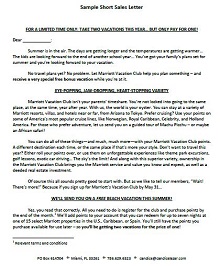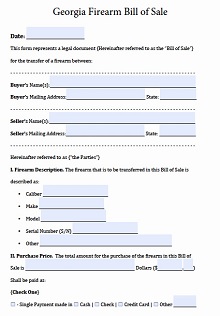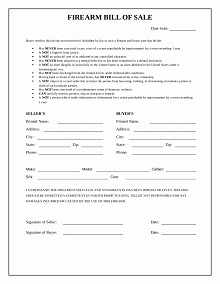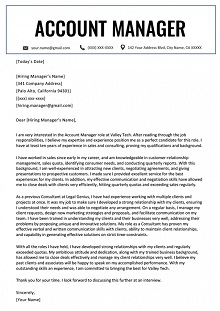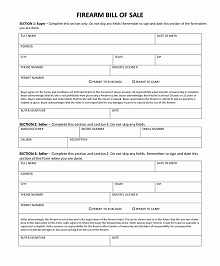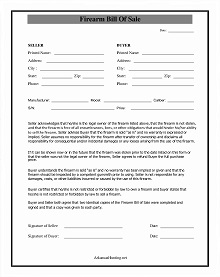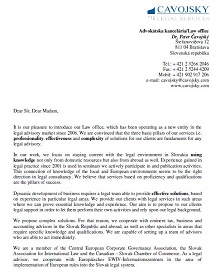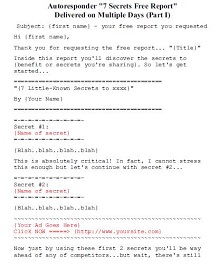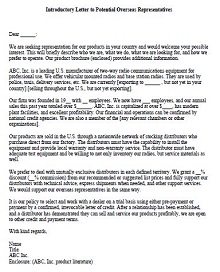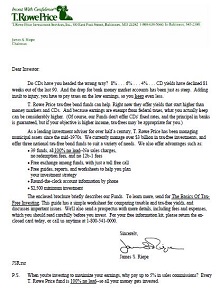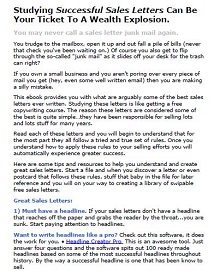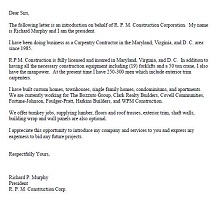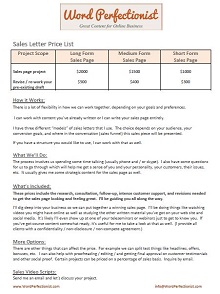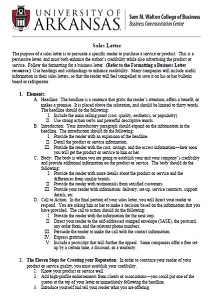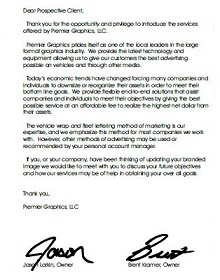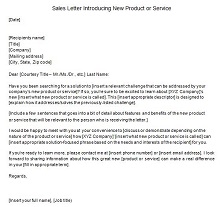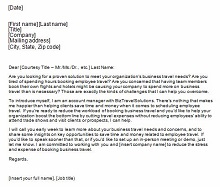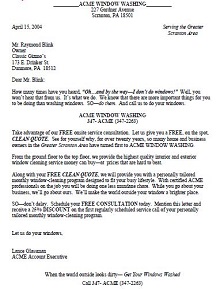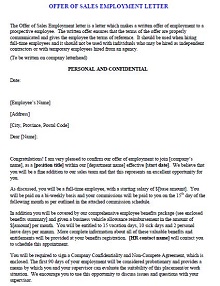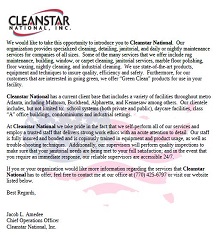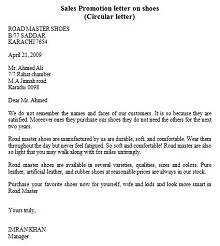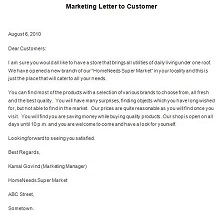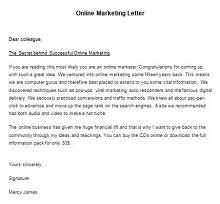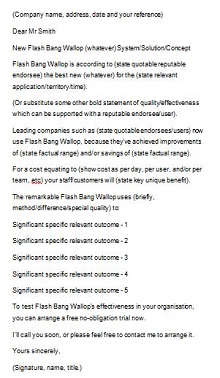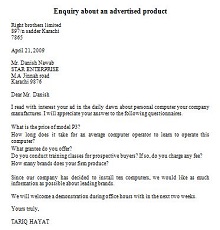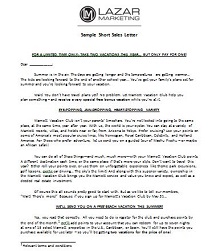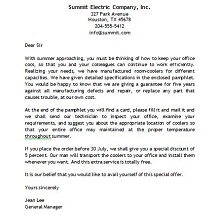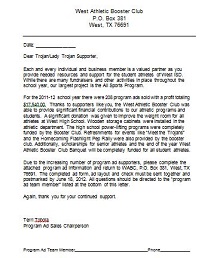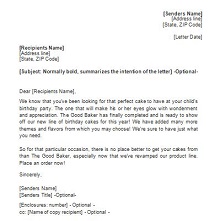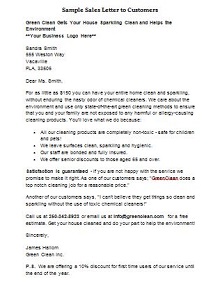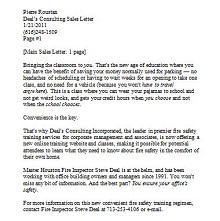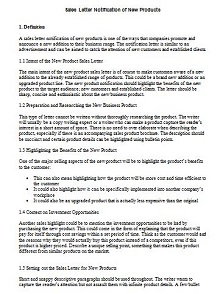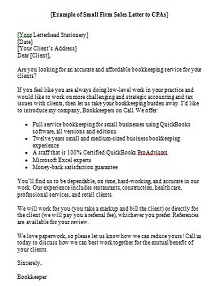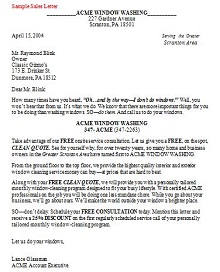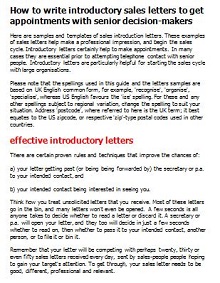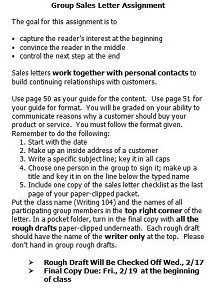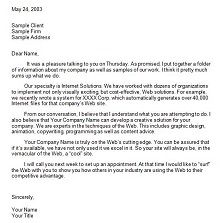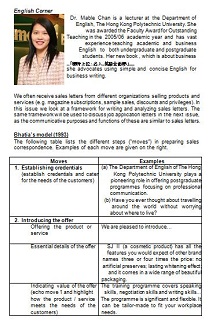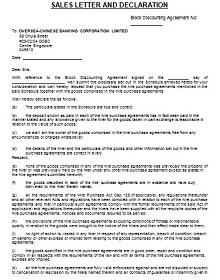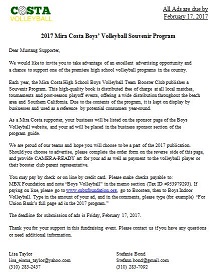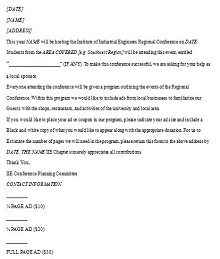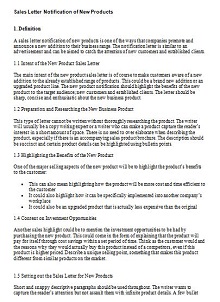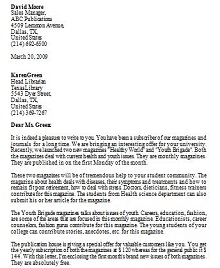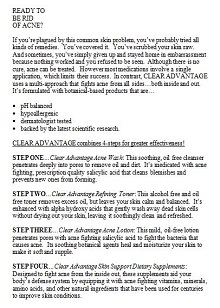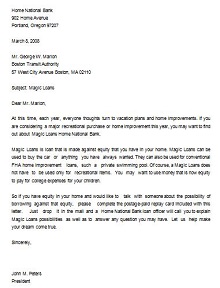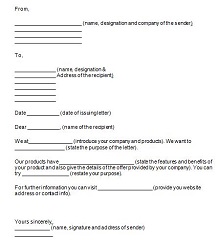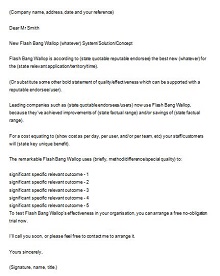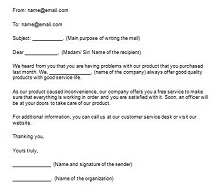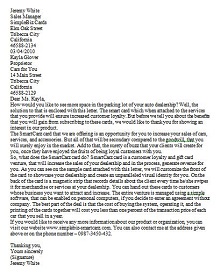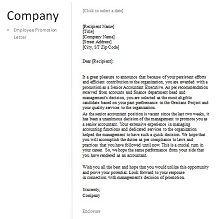60+ Sales Letter PDF Samples & Examples [Updated 2023]
Writing a sales letter may seem intimidating at first, but it doesn’t have to be. With proper planning and preparation, you can craft an effective sales letter that not only captures your reader’s attention quickly but also encourages them to take the desired action. Being able to connect with your customer in your writing is the key to any successful sales letter.
Make sure to use language that resonates with the customer while still conveying your message persuasively. You should keep in mind that when crafting a sales letter, a little goes a long way in helping you make the sale quickly and efficiently.
Download Free Sales Letter Samples & Examples
- Accounting Templates
- Art & Media
- Budget Templates
- Business Templates
- Calendar Templates
- Certificates
- Charts
- Education Templates
- Inventory Templates
- Invoice Templates
- Letter Templates
- Medical Templates
- Personal Templates
- Project Plan Templates
- Timesheet Templates
What is a Sales Letter?
A Sales Letter is a type of written communication that businesses use to engage potential customers and promote products or services. It typically involves sharing information about a particular item, summarizing its benefits, and setting out a call to action to encourage the recipient to make a purchase. Sales letters can be sent via email, through the mail, or even handed out in person. Writing an effective sales letter requires an understanding of the target audience and crafting persuasive arguments that make customers want to act now. It’s an important tool for any business’s marketing strategy and can lead to greater levels of success when done well.
Types of Sales Letters
A sales letter is a written piece of persuasion that is designed to get the reader to take some kind of action, whether that’s to buy a product, sign up for a service, or donate. Sales letters come in all shapes and sizes, but three main types are most commonly used by businesses, direct response sales letters, prospecting sales letters, and broadcast sales letters.
Direct Response Sales Letters
A direct response sales letter is typically sent in response to an inquiry or some other type of interaction between the customer and the company. For example, if someone fills out a form on your website requesting more information about your product, you would likely send them a direct response sales letter. The goal of a direct response sales letter is to get the reader to take action, such as buying a product or signing up for a service. To do this, direct-response sales letters must be clear and concise while also making an emotional appeal to the reader. The best way to do this is by using strong language that speaks to the needs of your target audience.
Prospecting Sales Letters
A prospecting sales letter is sent to potential customers who have not yet had any interaction with your company. The goal of these types of letters is twofold. First, you want to pique the interest of the recipient so they will want to learn more about your product or service, and second, you want to establish yourself and your company as experts in your industry. To do this, prospecting sales letters should be well-written and free of any errors. They should also include a strong call to action so the recipient knows what they should do next. Finally, it’s important to include some kind of incentive for taking action, such as a discount or free shipping.
Broadcast Sales Letters
A broadcast sales letter is sent out en masse to a large group of potential customers at once. The goal of these letters is usually to generate leads or make announcements about new products or services. Broadcast sales letters can also be used as follow-ups after an initial meeting or phone call with a potential customer. To write an effective broadcast sales letter, it’s important to keep the following things in mind, first make sure you have a clear understanding of your target audience; second, personalize each letter as much as possible; third, don’t be afraid to use humor; fourth, focus on the benefits rather than features of your product or service; fifth, include a strong call-to-action; and finally, keep it short and sweet – no one wants to read a novel.
Benefits of using a Sales Letter
One of the most effective ways to get your message across is to use a sales letter. Sales letters are much more personal than other forms of advertising, and they help build stronger relationships with current customers while also establishing trust with potential customers. A well-crafted sales letter can stand out among the endless barrage of emails, billboard ads, and TV commercials, it lends a feeling of authenticity to advertisees that builds confidence in the product or service being offered.
Furthermore, a sales letter enables you to present complex information clearly and concisely. By utilizing video content or visuals instead of long blocks of text, sales letters provide an opportunity to make your offering stand out from the competition. All in all, using a sales letter is one of the best ways to promote your product or service in this increasingly digital world.
How to Create an Engaging Sales Letter Template
In the business world, first impressions are everything. When you’re reaching out to a potential customer or client, you want to make sure that your sales letter is top-notch. A well-written and engaging sales letter can mean the difference between making a sale and getting passed over. Here’s a step-by-step guide on how to create a sales letter template.
Sales Letter Sample
Dear [Name of recipient],
I hope this letter finds you in good health and in high spirits. I am writing to you today to introduce you to [product or service].
At [Company Name], we are dedicated to providing our customers with the best [product or service] on the market. Our [product or service] is designed to [insert benefit 1], [insert benefit 2], and [insert benefit 3].
We understand that there may be concerns about [objection 1] and [objection 2]. That’s why we have taken extra steps to ensure that our [product or service] is [insert solution to objection 1], and [insert solution to objection 2].
I invite you to take advantage of our limited-time offer. By [insert offer], you can try [product or service] risk-free and see for yourself the difference it can make in your life.
Don’t miss out on this opportunity. To take advantage of this offer, simply call [insert phone number] or visit [insert website].
Thank you for taking the time to read this letter. I look forward to the opportunity to serve you soon.
Best regards,
[Your Name]
Start with a bang
The first sentence of your sales letter should be eye-catching and attention-grabbing. You want to hook the reader in and make them want to keep reading. One way to do this is to start with a strong statistic or fact related to your product or service.
Get personal
The second paragraph of your sales letter should be about the recipient. What are their needs? How can your product or service help them? Be specific and use language that demonstrates that you understand their pain points.
Tell a story
People love stories. In the third paragraph of your sales letter, tell a story about how your product or service has helped someone in the past. This will make your product or service more relatable and increase the chances that the recipient will see themselves using it.
Make an offer they can’t refuse
In the fourth paragraph, it’s time to close the deal. Make an irresistible offer that the recipient would be foolish to turn down. This could be a discount, free shipping, or a bonus gift for ordering today.
Include a call-to-action (CTA)
Your CTA should be clear, concise, and easy to follow. The goal is for the recipient to take action after reading your sales letter, so make sure your CTA tells them exactly what they need to do next. Include a sense of urgency in your CTA to encourage them to act now rather than wait.

